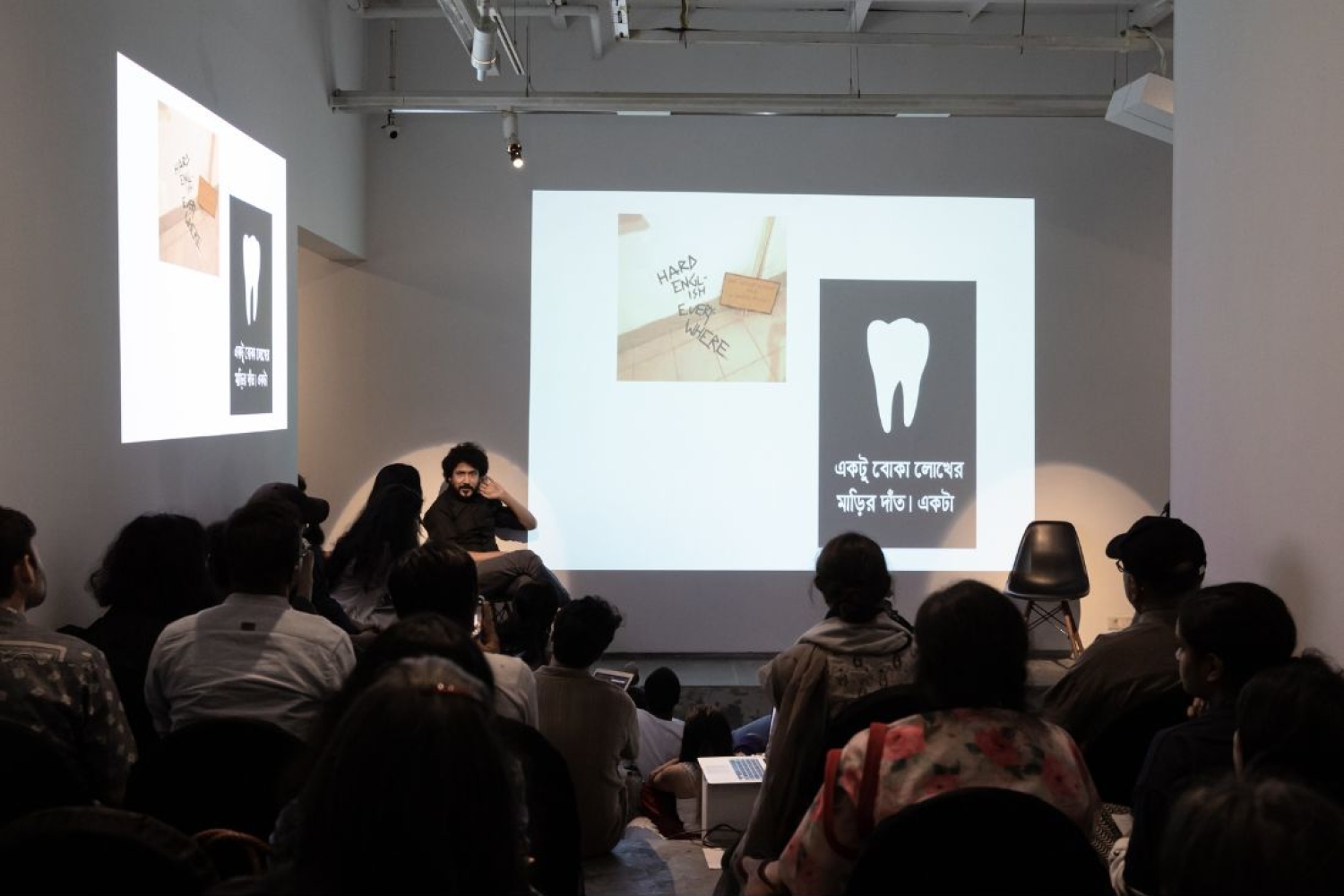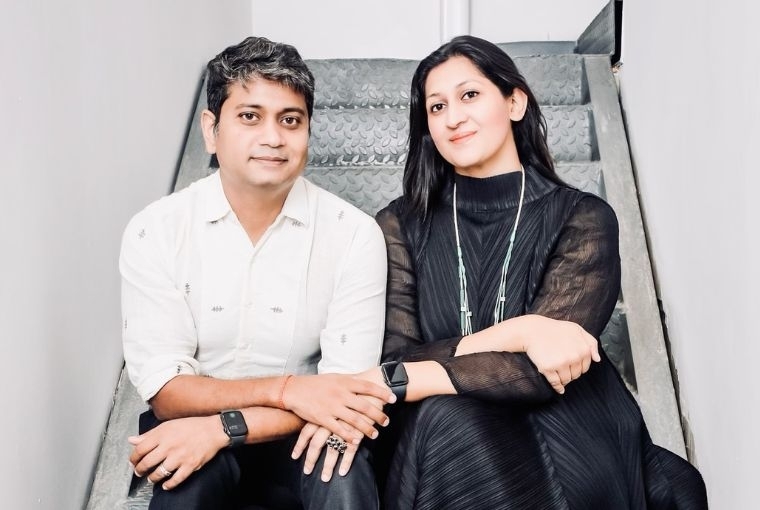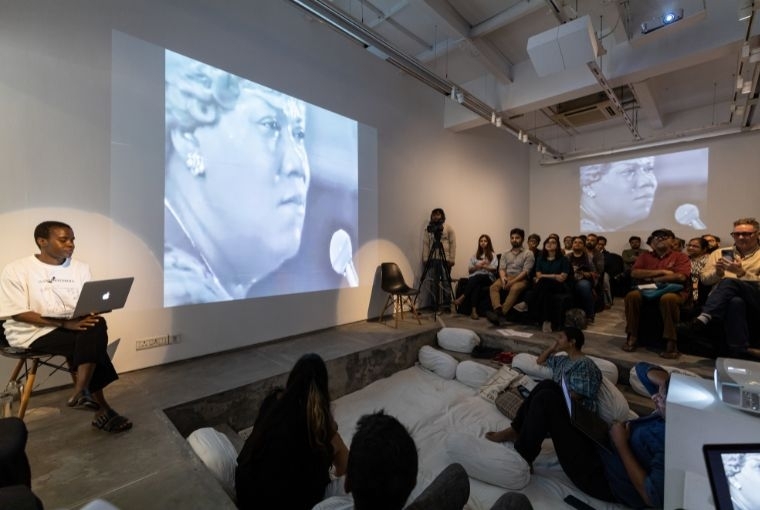

The Experimenter Curators’ Hub has emerged as one of the most significant and critical engagement with curatorial practice and practitioners in the country. In the process it has held closely the ethos that it started out with: "The Hub has remained anchored to what it started out to be and we think that there is a central DNA of the Hub that will never change. Such as being a space for free thinking, a fearless platform for discussing and debating openly contrarian points of view respectfully and constructively, embracing an openness that allows for mindfully reflecting on where we find ourselves and what our possible future may hold," reflect Gallerists & co-founders Prateek & Priyanka Raja. We ask them some interesting questions about the hub and the art of now.
What do you have in store for the audience this year?
Experimenter Curators’ Hub has grown over the years to be a collective, yet diverse platform for discussion and reflection on curatorial processes and thinking. It is also a space for care and nurture, for healing and rejuvenation. It is unique in that sense and this year too we are hoping that the hub provides this moment of crucial pause to the audiences and the participating curators. Over the last few years, we have been also inviting guest speakers who are inspirational for what they do and stand for a voice of their own against all odds. In the past, we have had the fearless journalist-writer Rana Ayyub and then last year, we had pathbreaking lawyer and human rights activist, Karuna Nundy. This year in addition to the stellar line up of curators from all over the world and the region, we are fortunate to have Jacinta Kerketta, who is a poet, journalist and an incredible voice for Adivasi communities of Jharkhand. Her work has brought to light gender-based violence, especially against women, displacement and questions the apathy of the state of governance.
How has the programming evolved over the years?
The Hub has remained anchored to what it started out to be and we think that there is a central DNA of the Hub that will never change. Such as being a space for free thinking, a fearless platform for discussing and debating openly contrarian points of view respectfully and constructively, embracing an openness that allows for mindfully reflecting on where we find ourselves and what our possible future may hold. These things are core to it. What has developed over the years is, of course, the advent of technology and the way we share, learn and build from knowledge. Also, emergent voices and urgent issues are increasingly palpable just below the surface and need a space for them to be discussed. The Hub was always such a place and now we find that to happen ever more. I think we continue to pursue that space of fearless and unbound thinking.

How did you select the participating curators and collaborators for this year’s edition, and what are some of the common threads or challenges that connect their practices?
With Natasha Ginwala’s close involvement with the Hub, there are year-long conversations of how we want the Hub to evolve and she has also nurtured the Hub so beautifully over the years. We bring together our own learning and reading. It is an organic process really, and comes from constantly having our ears to the ground, the openness to be able to embrace change and trying to capture the times. More importantly we feel that with each passing year, there is a sense of care that has evolved and the audiences and curators feel the need to be ensconced in that space more than ever before. We are not necessarily pursuing a common thread of curatorial threads or challenges but more closer to looking for a thread of thought and action. The curators in this edition of the Hub have had a wide range of backgrounds, from artist-curators, to highly regarded curators of large biennales, from curators who have worked durationally with select few artists to people who are spearheading new ambitious projects against the grain. It is difficult to tie them together from a point of view of practice. Instead, if we open our minds to wider connections of common understanding or care for each other, the community and the environment, then there are many ways to find commonalities and ideas that connect with their beliefs. For example, in speaking for gender inequalities, or political and social concerns, erasures and reconciliation of shared histories, the role of institutions and the creation of knowledge amongst several others. We are looking forward to listening to them speak this week.
As curators and gallerists yourself, what do you think is the next big thing in art?
We are kind of old world in how we think and fortunately ‘next big things’ pass us by. We are more interested in things that are gradual and at the same time very imminent. Most of these are to do with reconciliation and corrections in a very lopsided art world. We can speak of change in gender and politics, the transforming roles of gallerists and artists, the recognition of voices from the Global South, the question of colonial narratives, to name only a few amongst a whole lot of very important broad questions that are bound to change the very nature of how we think of the art world.

The landscape of art in India has transformed over the years – Mumbai had its first ever Art Fair, newer galleries trying to give a stage to fresher voices. What are your observations of this change in the community?
Yes, indeed, there is a lot of really good energy and many initiatives are seeing the light of day, but we need to do much more. There are only a very small percentage of artists that are being represented by galleries at this time. There are thousands of incredible artists who do not have the right platform to show their work. They are speaking about so many important issues and we have to find ways to show their work. If we are able to nurture a system and an ecology of young new galleries and artists, it would be the best outcome for the future. There is definitely a lot taking place already, but a lot more needs to be done institutionally. Exhibiting institutions with curators, who would be able to do justice to the times, by inviting artists to their programs is crucial. Public museums and art in public spaces is also paramount. Discussion, debate and free thinking is key in all of this. Art education and involvement in how we share our learnings with the next generations is equally important. It is a very exciting time to be in the arts in our part of the world. There is a growing interest in visual arts, an investment in culture is also very visible and the opportunities are immense. It is a matter of time to see how this moment unfolds into the next chapter of our collective journey and influence in the global art world.
Words Hansika Lohani
Date 22.11.2023